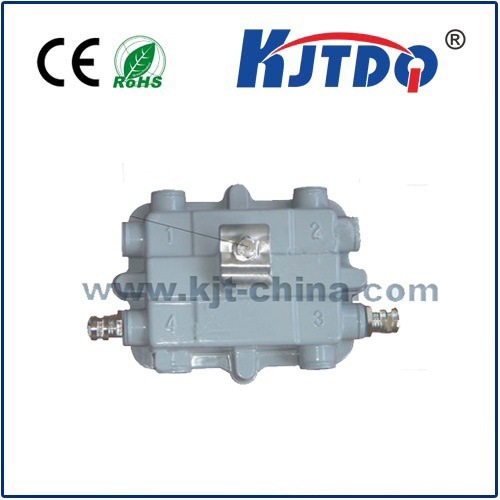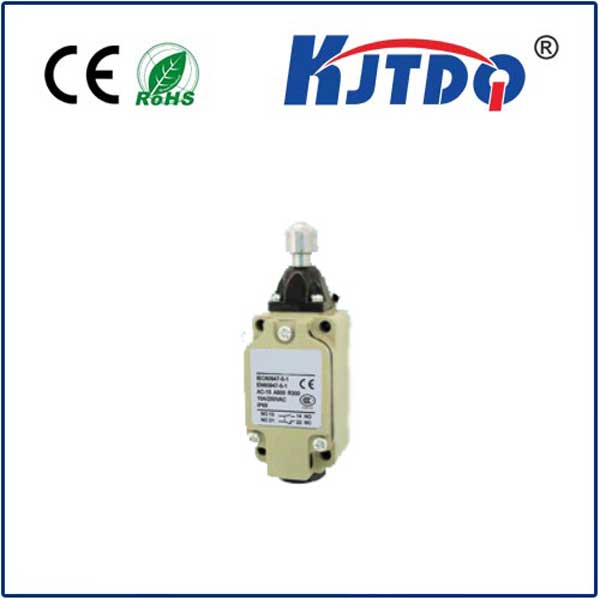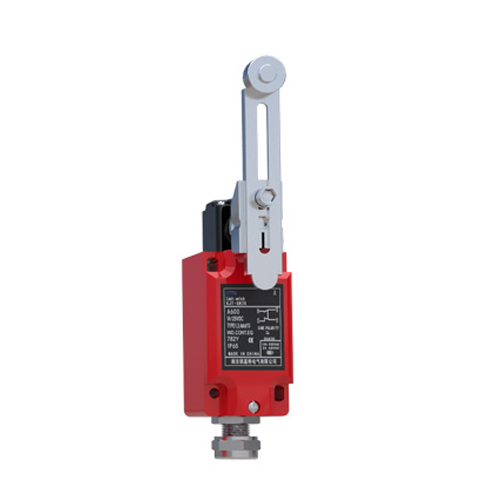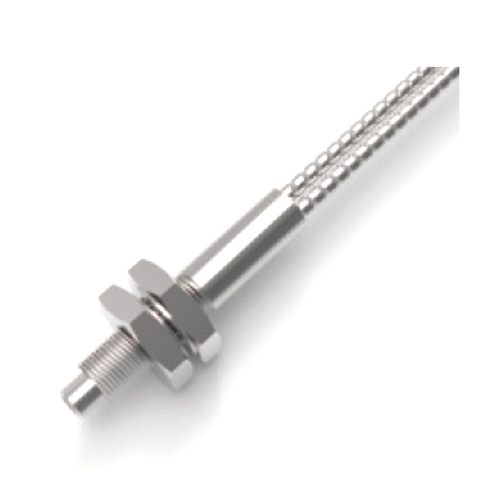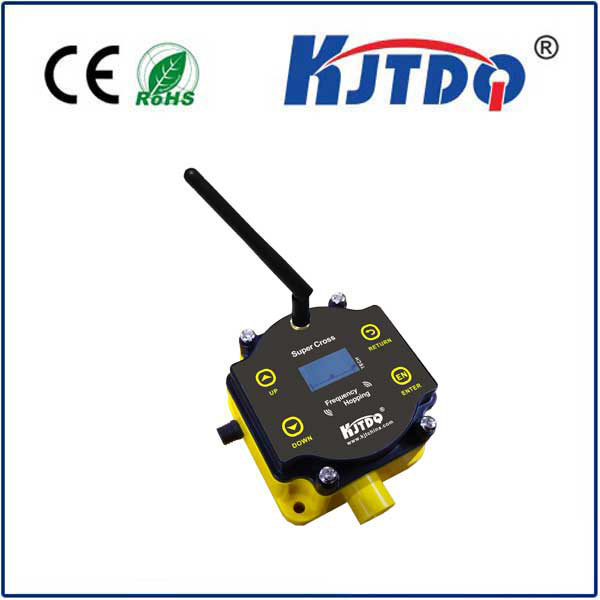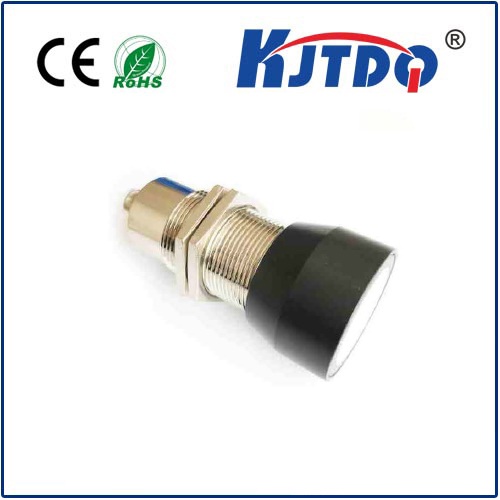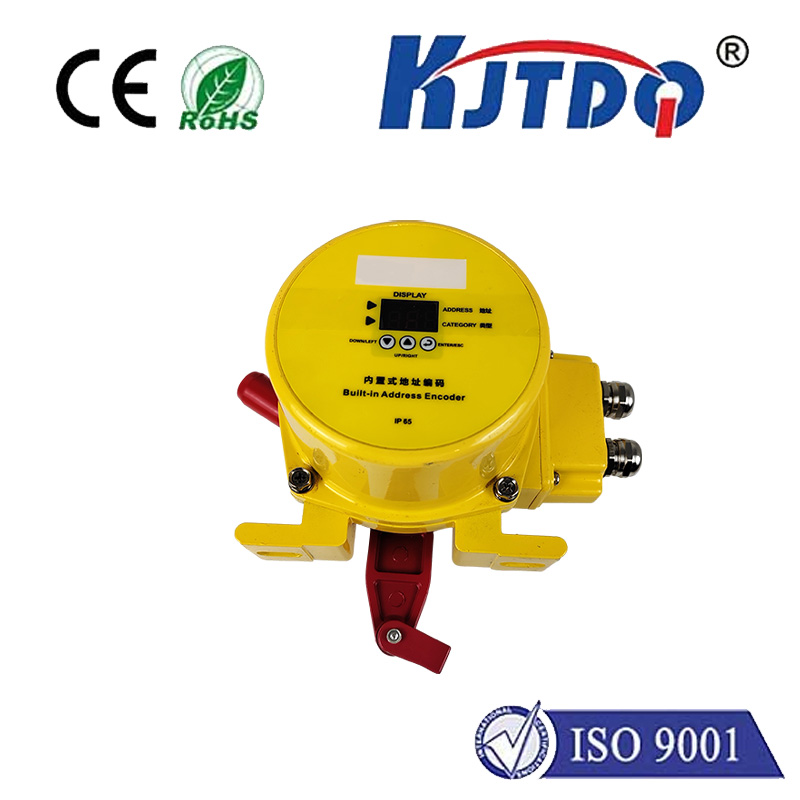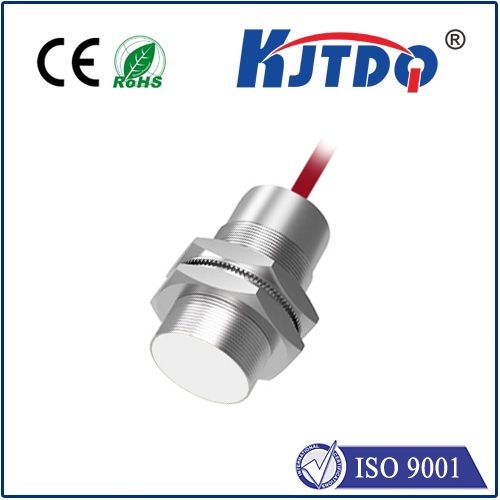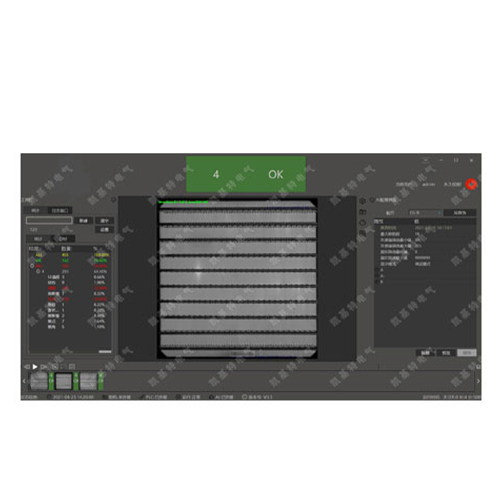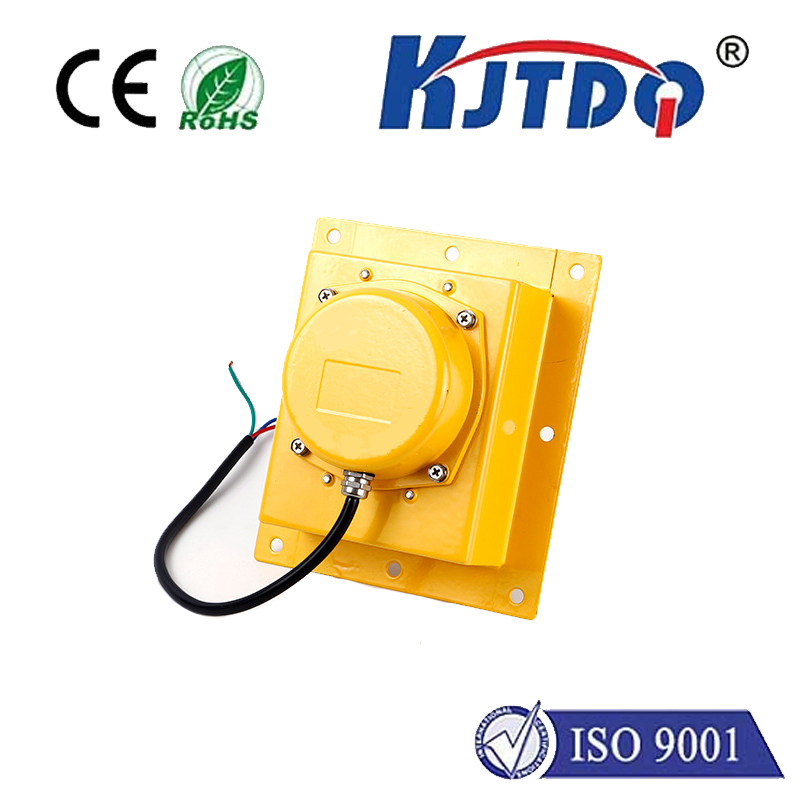

check

check

check

check
Smart Detection with S-BOS R090K Tphotoelectric Sensor: Enhancing Safety and Efficiency in Industrial Automation
In today’s fast-paced industrial environment, the demand for reliable and efficient sensors has never been greater. Among the many types of sensors used in automation systems, the S-BOS R090K Tphotoelectric sensor stands out as a key player in modern industrial detection solutions. This sensor is designed to provide high-precision, real-time detection, making it an essential component in various applications such as material handling, conveyor systems, and quality control. In this article, we will explore the features, benefits, and applications of the S-BOS R090K Tphotoelectric sensor, highlighting how it contributes to safer and more efficient industrial processes.
The S-BOS R090K Tphotoelectric sensor is a compact and robust device that combines advanced photodetection technology with high-performance electronics. It operates on the principle of light-based detection, using a light-emitting diode (LED) and a photodiode to detect the presence or absence of an object. This technology is particularly effective in environments where traditional contact-based sensors may be impractical or inefficient. The sensor is ideal for applications where non-contact detection is required, such as in sorting systems, safety barriers, and material flow monitoring.

One of the most significant advantages of the S-BOS R090K Tphotoelectric sensor is its high precision and reliability. Unlike conventional sensors that may be affected by environmental factors such as dust or moisture, this sensor is designed to operate in a wide range of conditions. Its built-in protection mechanisms ensure that it remains functional even in challenging environments, making it a dependable choice for industrial applications.
Another key feature of the S-BOS R090K Tphotoelectric sensor is its versatility. It can be used in a variety of settings, from small-scale manufacturing plants to large-scale production facilities. Whether it’s detecting the presence of materials in a conveyor system or monitoring the flow of products in a packaging line, this sensor offers a scalable and flexible solution. Its modular design allows for easy integration into existing systems, reducing the need for major overhauls or replacements.
In addition to its technical advantages, the S-BOS R090K Tphotoelectric sensor also contributes to safety and efficiency in industrial operations. By providing real-time detection, it helps prevent accidents and reduces the risk of human error. This is especially important in environments where workers are exposed to moving parts or hazardous materials. The sensor’s ability to detect objects without physical contact ensures that it can be used in areas where traditional sensors might be unsuitable.
The S-BOS R090K Tphotoelectric sensor is also known for its low power consumption and long operational life. This makes it an energy-efficient solution that reduces operational costs and minimizes the need for frequent maintenance. Its durability and resistance to wear and tear ensure that it can operate continuously for extended periods, even in high-traffic or high-stress environments.
As industries continue to evolve and adopt more advanced automation technologies, the importance of reliable and efficient sensors cannot be overstated. The S-BOS R090K Tphotoelectric sensor is a prime example of how innovation in sensor technology can drive efficiency, safety, and productivity. Whether in a manufacturing plant, a logistics facility, or a research lab, this sensor plays a crucial role in ensuring that processes run smoothly and effectively.
In conclusion, the S-BOS R090K Tphotoelectric sensor represents a significant advancement in industrial detection technology. Its combination of precision, reliability, and versatility makes it a valuable asset in modern automation systems. As industries continue to look for solutions that enhance performance and safety, the S-BOS R090K Tphotoelectric sensor stands out as a reliable and efficient choice. With its ability to operate in a wide range of conditions and its contribution to safer and more efficient industrial processes, it is a must-have component in any automation setup.
